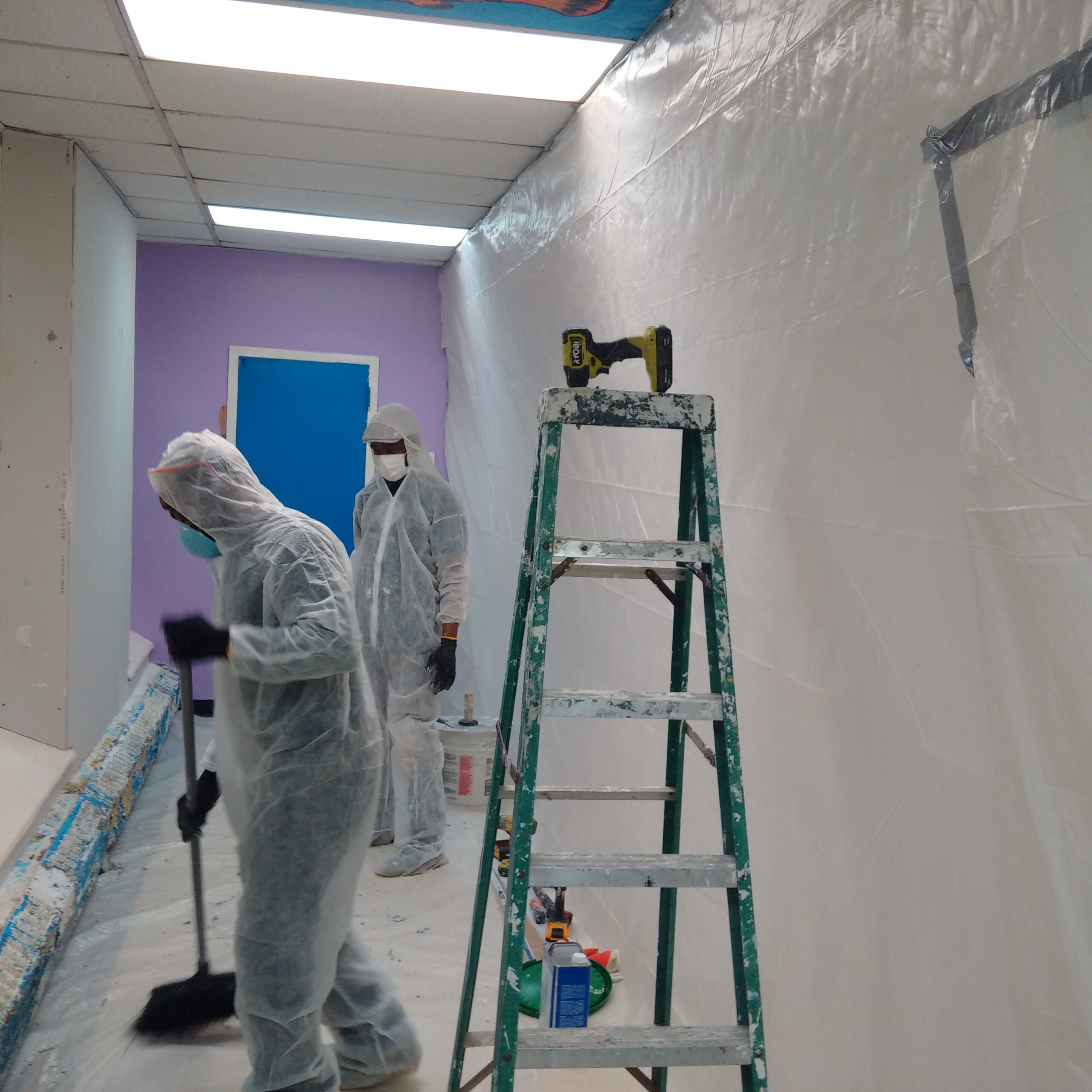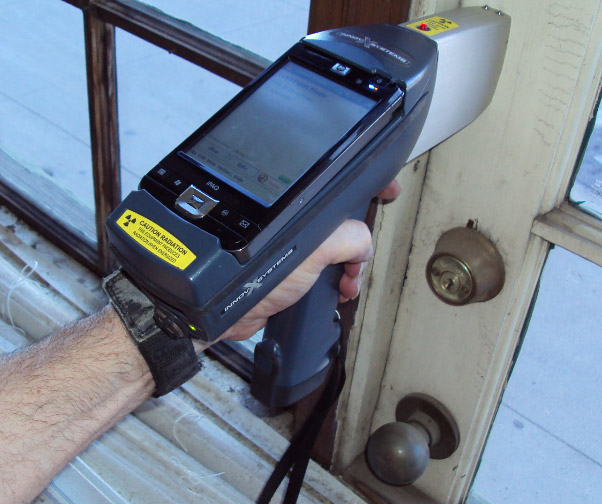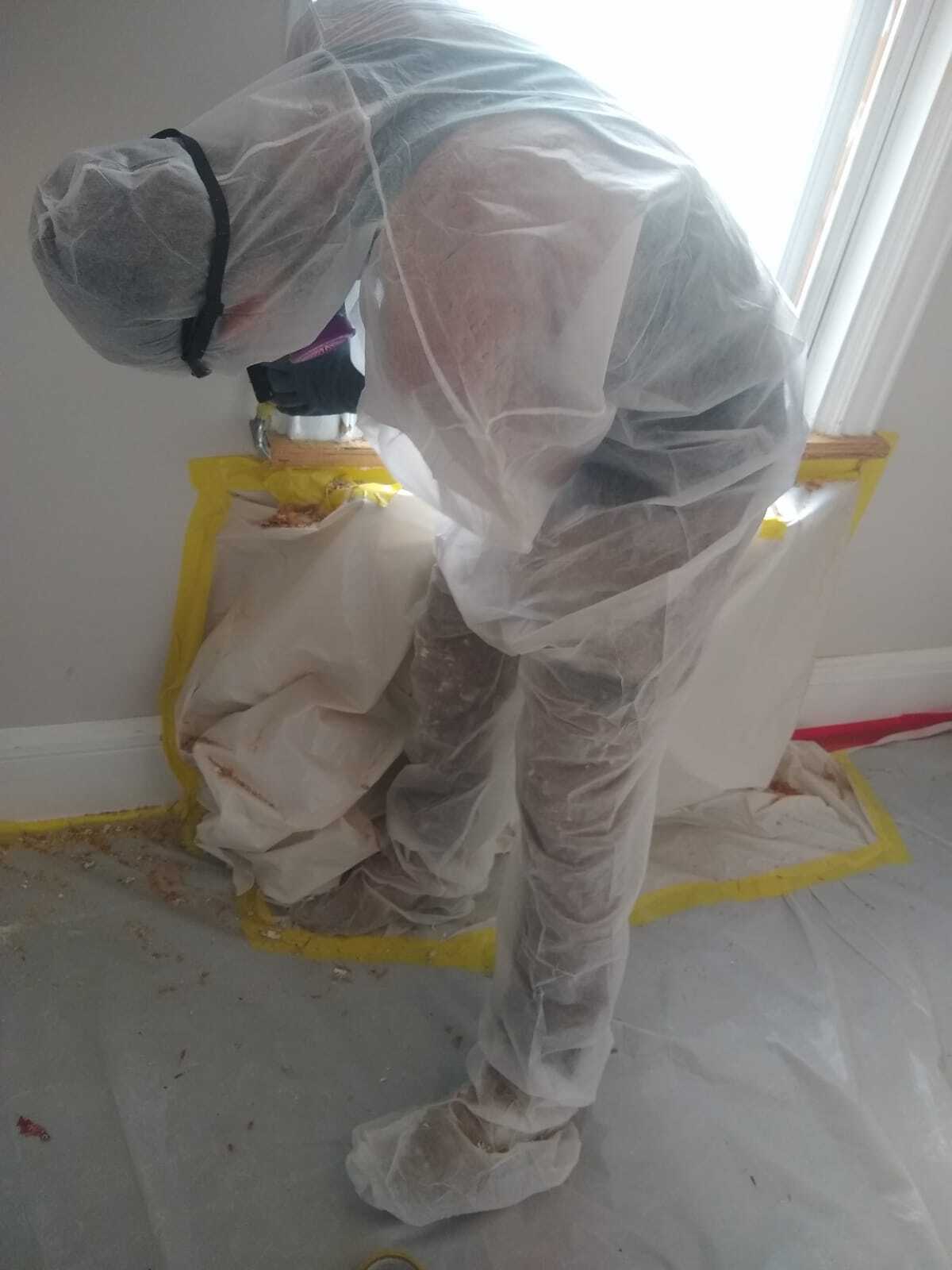Professional Lead Paint Removal Company-- Offering All NYC Boroughs
Professional Lead Paint Removal Company-- Offering All NYC Boroughs
Blog Article
Comprehensive Overview on Effective Lead Violation Removal Methods
In the world of ecological safety, dealing with lead infractions requires a careful and organized strategy. This comprehensive guide begins by highlighting the crucial preliminary steps of determining lead dangers with innovative analysis and screening techniques. Methods such as XRF evaluation and dust wipe sampling are important in identifying contamination sources. The guide elaborates on the importance of adhering to rigorous safety and security procedures during the removal procedure, consisting of the use of proper PPE and separating influenced areas. The subsequent areas guarantee to talk about post-removal verification and preventative approaches, making sure long-lasting safety and conformity. Discover the complex details that make these strategies not simply effective yet necessary.
Determining Lead Threats
Identifying lead risks is an important initial action in mitigating the risks associated with lead exposure. Lead, a harmful metal, can be present in different environmental mediums, including paint, soil, water, and dust.
The preliminary phase in determining lead dangers includes comprehending typical lead resources within the developed atmosphere. Structures developed before 1978 are especially vulnerable due to the common use of lead-based paint during that period. Additionally, soil contamination can take place from deteriorating outside paint, commercial discharges, or historical use of leaded gasoline.
An additional substantial resource is lead piping and plumbing fixtures, which can seep introduce alcohol consumption water. Consumer goods such as toys, porcelains, and imported items may also have unsafe lead degrees. Significantly, work environments and leisure activities entailing lead can track pollutants into homes.
Analysis and Screening
When addressing lead hazards, efficient assessment and screening are extremely important. First assessment typically includes a visual assessment to recognize potential lead resources, such as weakening paint or infected dust.

Dust clean tasting is another important strategy, particularly in domestic setups. By accumulating examples from floors, windowsills, and other surfaces, this technique gives understandings right into potential exposure dangers. Moreover, dirt screening around structure perimeters is important to find lead contamination that can posture hazards, especially to children.
Safe Elimination Treatments
Upon finishing complete analysis and screening, carrying out risk-free removal procedures is the next critical stage in resolving lead threats. This procedure makes sure that lead-contaminated materials are efficiently and safely eradicated, minimizing threat to both employees and locals. The first step includes separating the afflicted area making use of plastic bed linen and appropriate sealing methods to avoid the spread of lead dust.
Employees should put on ideal individual safety devices (PPE), including respirators, handwear covers, and disposable coveralls, to mitigate direct exposure. Utilizing specialized tools and damp techniques, such as wet fining sand or utilizing HEPA-filtered vacuum cleaners, minimizes the dispersion of lead fragments. It is vital to prevent completely dry fining sand or abrasive blowing click here to read up, as these methods can create dangerous lead dust.
Garbage disposal is another essential part; all infected materials have to be safely bagged and identified according to EPA and local guidelines. Additionally, detailed cleaning of the workplace with HEPA vacuum straight from the source cleaners and wet wiping makes certain the removal of recurring lead particles.
Post-Removal Confirmation

Verification of successful lead elimination, referred to as post-removal verification, is critical to guarantee the safety and security and habitability of the remediated location. This process includes a collection of meticulous evaluations and examinations made to spot any type of recurring lead fragments that may position wellness threats. The initial step normally consists of an aesthetic inspection to evaluate the conclusion and top quality of the removal job. This inspection guarantees that all recognized resources of lead have actually been resolved which no noticeable indicators of contamination remain.
Adhering to the aesthetic examination, ecological tasting is carried out. This includes gathering dust, soil, and sometimes water examples from the remediated location. Recognized labs examine these samples to measure lead levels, guaranteeing they drop below the safety thresholds developed by regulative bodies such as the Epa (EPA)
In addition, air top quality screening may be performed to detect air-borne lead fragments, particularly in cases where extensive lead-based paint elimination or restoration has occurred. The outcomes of these tests provide measurable data confirming that the lead degrees are within permissible restrictions.
Eventually, post-removal verification functions as an important checkpoint, verifying the effectiveness of the lead reduction initiatives and securing the health and wellness of occupants and site visitors.
Safety Nets and Upkeep

A vital safety net includes making use of lead-safe accredited service providers for any type of improvement, repair work, or paint activities. These experts are learnt methods that decrease lead dust and debris. In addition, maintaining colored surface areas to avoid breaking or peeling off is important, as wearing away paint can release lead bits right into the setting.
Educational initiatives targeting homeowner and occupants pertaining to the dangers of lead and the value of reporting any kind of possible hazards can even more boost preventative efforts. Routine cleaning utilizing HEPA vacuum cleaners and you can check here damp wiping strategies can significantly decrease lead dust build-up.
Verdict
In recap, reliable lead offense removal necessitates a precise method including complete analysis, specific screening, and rigorous elimination treatments. Making certain safety and security through proper seclusion and individual safety tools continues to be extremely important. Post-removal confirmation by means of ecological tasting and air high quality testing validates compliance with established safety standards. In addition, recurring examinations and upkeep are necessary to alleviate future lead risks, thus safeguarding public health and making certain continual compliance with regulatory needs.
Report this page